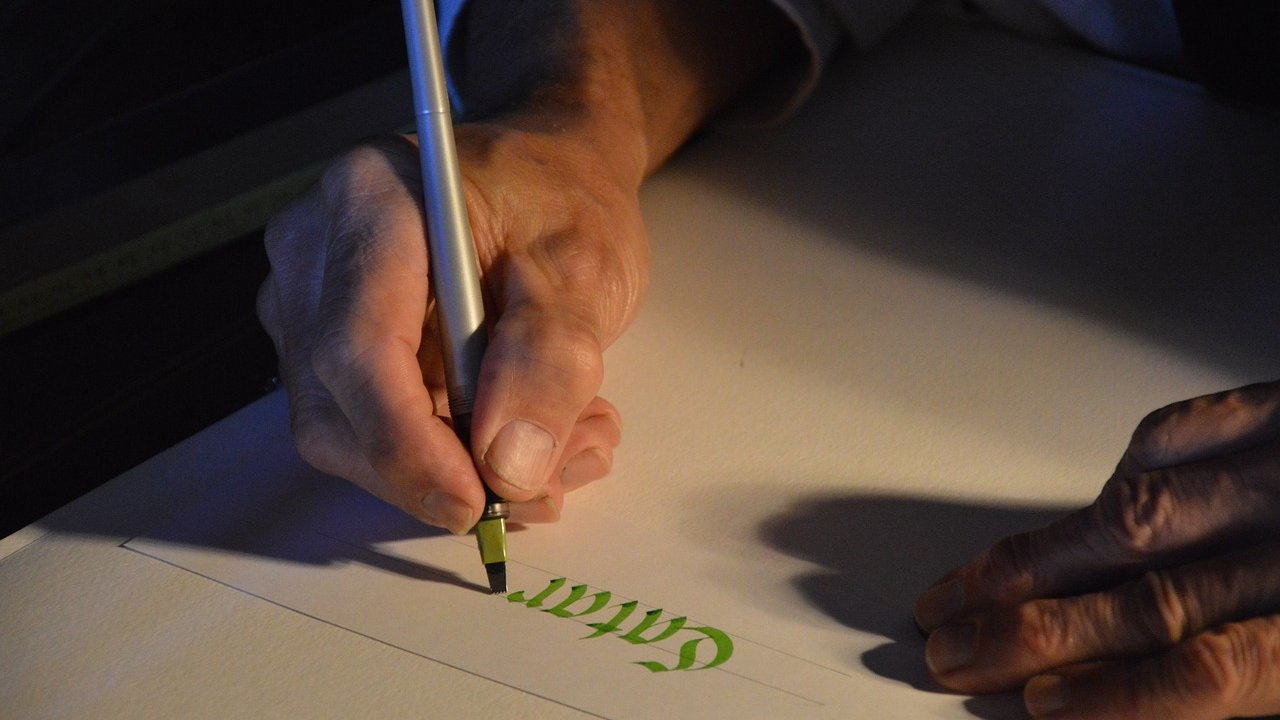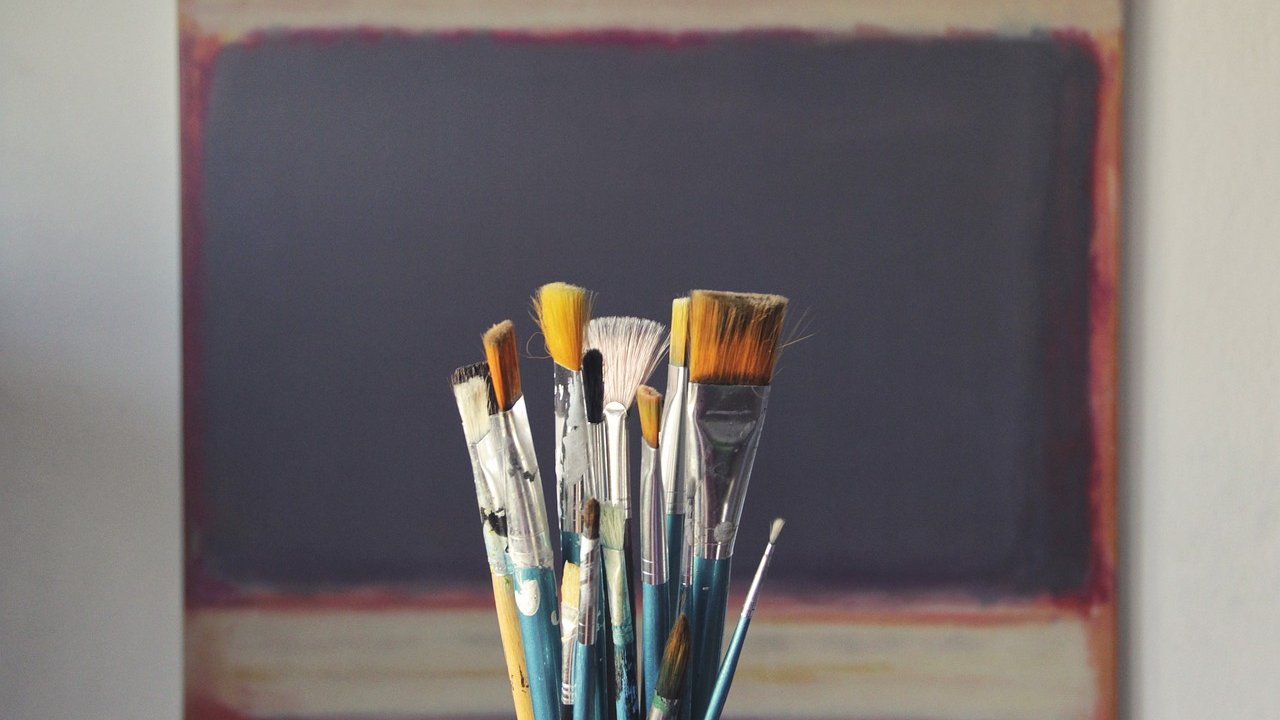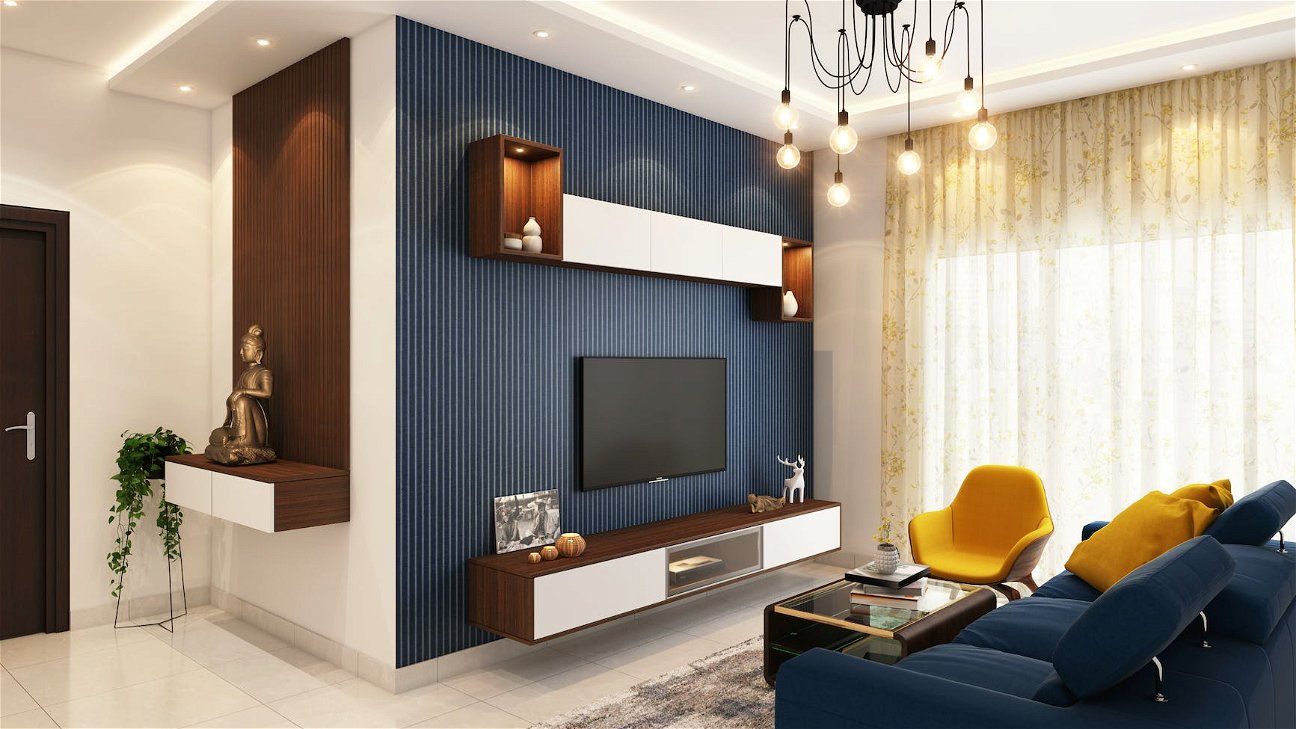
Dreaming of having your own personal cinema setup at home? You're in the right place! This comprehensive guide will walk you through the process of setting up a DIY home theater experience, from choosing the right equipment to optimizing your room for the best sound and picture quality.
Choosing your home theater equipment
Before you start buying equipment, you need to determine your budget. Do you want a high-end system with a projector and surround sound, or a more modest setup with a television and sound bar? Here are some pieces of equipment you might need for your home theater setup:
- Television or projector
- A/V receiver
- Speakers
- Subwoofer
- Blu-ray player or streaming device
- Cables and connectors
- Remote control(s)
Home theater design
The design of your home theater will greatly affect your viewing and listening experience. Consider the following when planning your home theater design:
-
Room size and shape: Larger rooms can accommodate more equipment and seating, but may require more sophisticated sound systems to ensure even sound distribution.
-
Lighting: Dimmable lighting is ideal for home theaters. You might also want to consider blackout curtains if your room has windows.
-
Seating: Choose comfortable seating that gives everyone a clear view of the screen.
-
Soundproofing: Adding soundproofing to your room can prevent sound from leaking in or out, enhancing your audio experience.
Home theater speaker placement
Once you have your equipment and design in place, it's time to set up your speakers. Here's a basic guide to home theater speaker placement:
-
Front left and right speakers: These should be placed at an equal distance from the screen, at approximately ear level when seated.
-
Center speaker: This speaker should be placed directly above or below your screen.
-
Subwoofer: The subwoofer can be placed anywhere in the room, but placing it in a corner can amplify the bass.
-
Surround speakers: These speakers should be placed slightly behind and to the sides of your main seating area.
Connecting your home theater devices
Once your speakers are in place, it's time to connect your devices. This will involve running cables from your A/V receiver to your speakers, television or projector, and any other devices such as a Blu-ray player or streaming device.
Final touches
Once everything is connected, be sure to calibrate your audio and video settings for the best possible experience. You may also want to add final touches like a popcorn maker, movie posters, or other cinema-themed decor to enhance the vibe of your home theater.
Setting up a DIY home theater may seem daunting, but with careful planning and a little elbow grease, you can create an amazing cinema experience in your own home.











